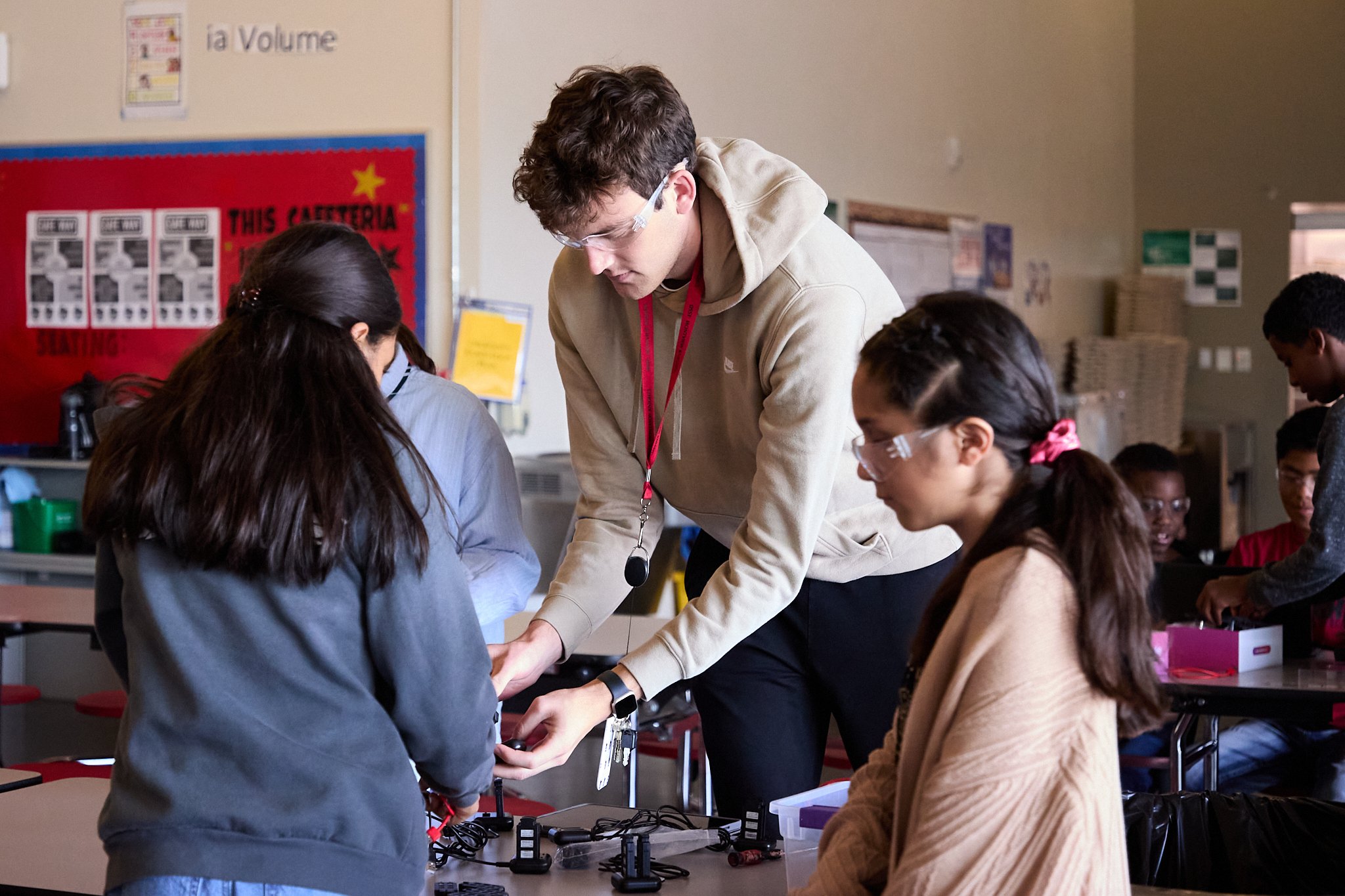Peek behind the curtain and see the magic happening inside this STEM Lab classroom
At DSST: Montview Middle School, STEM Lab teacher Bryce Enger is leading students through a curriculum designed to do more than check off science standards. His class, along with all other middle school STEM Lab courses, align directly with the pathways offered at DSST high schools, exposing students to content rarely available at other Denver-area schools and building the skills and mindsets they'll need long after graduation.
"Our STEM Lab courses allow students to build STEM skills and mindsets from an early age to better prepare themselves for high school, college and beyond," Enger said.

Students in STEM lab classes like Enger’s work with drones, 3D printers and industry-standard tools while tackling real-world problems in fields like robotics, aerospace, engineering, computer science, environmental science and entrepreneurship. But the goal isn't just technical knowledge.
"Whether or not a student decides to pursue a career in one of these fields, our goal is to also develop them with real-world skills that can be applied in any area of life," Enger said.
Complex communication, collaboration, critical thinking and innovation: these are the skills that open doors. And in Enger's classroom, students are learning to use them with purpose.
One moment that stood out to Enger was when a student who was typically more shy and hesitant to share in class was working with drones. During a project focused on solving a real-world problem, the student had the courage to share his solution with the group.
“He was talking about how he would use conditional code with the sensors to detect a change in wave structure and then use the color on the drone to send an alert,” Enger said. “To see him step into this role of leadership with something he is passionate and excited about was really cool to see.”
That kind of transformation is no accident. DSST's project-based learning curriculum is intentionally designed to give students choice. They select the problems they want to solve, then rise to the challenge.
"The biggest thing I have seen is that these classes give students space to think creatively in a way that isn't always readily available to them in other classes," Enger said. "When we give students the tools and opportunity to think creatively about things that affect our world, they often come up with ideas better than I could have even thought."
Collaboration is baked into nearly every activity, with students working in industry-aligned roles that provide structure without limiting creativity.
"It is never too early to give students opportunities to be leaders and to grow," he said. "The earlier that students get these kinds of opportunities, the more likely they are to see themselves as STEM leaders of the future."